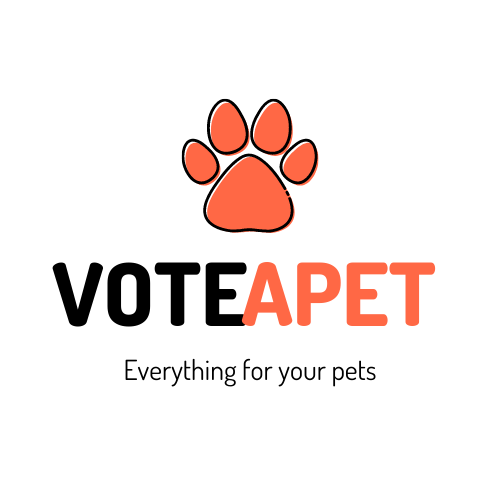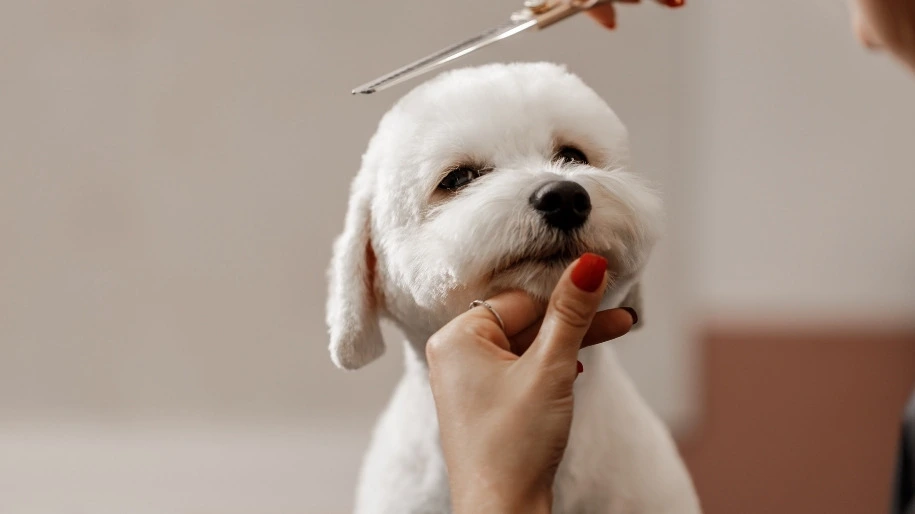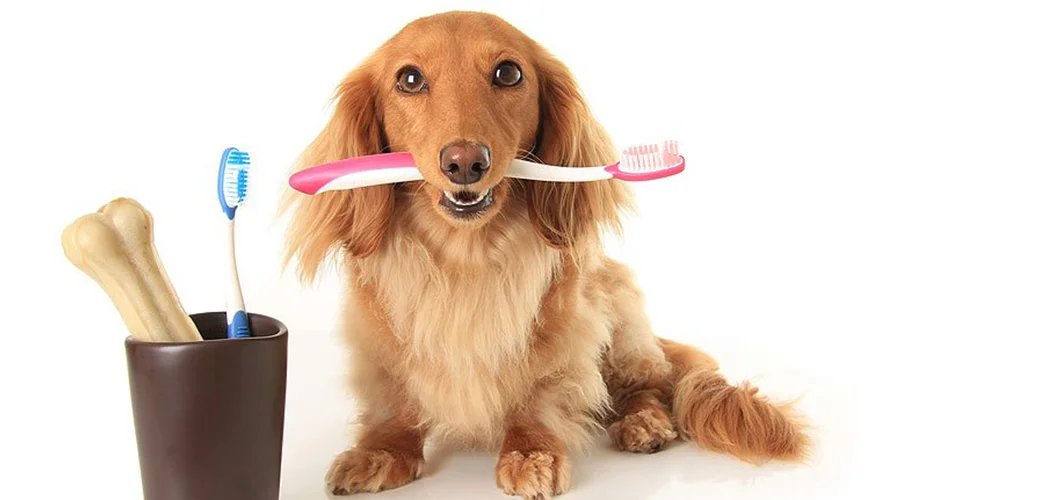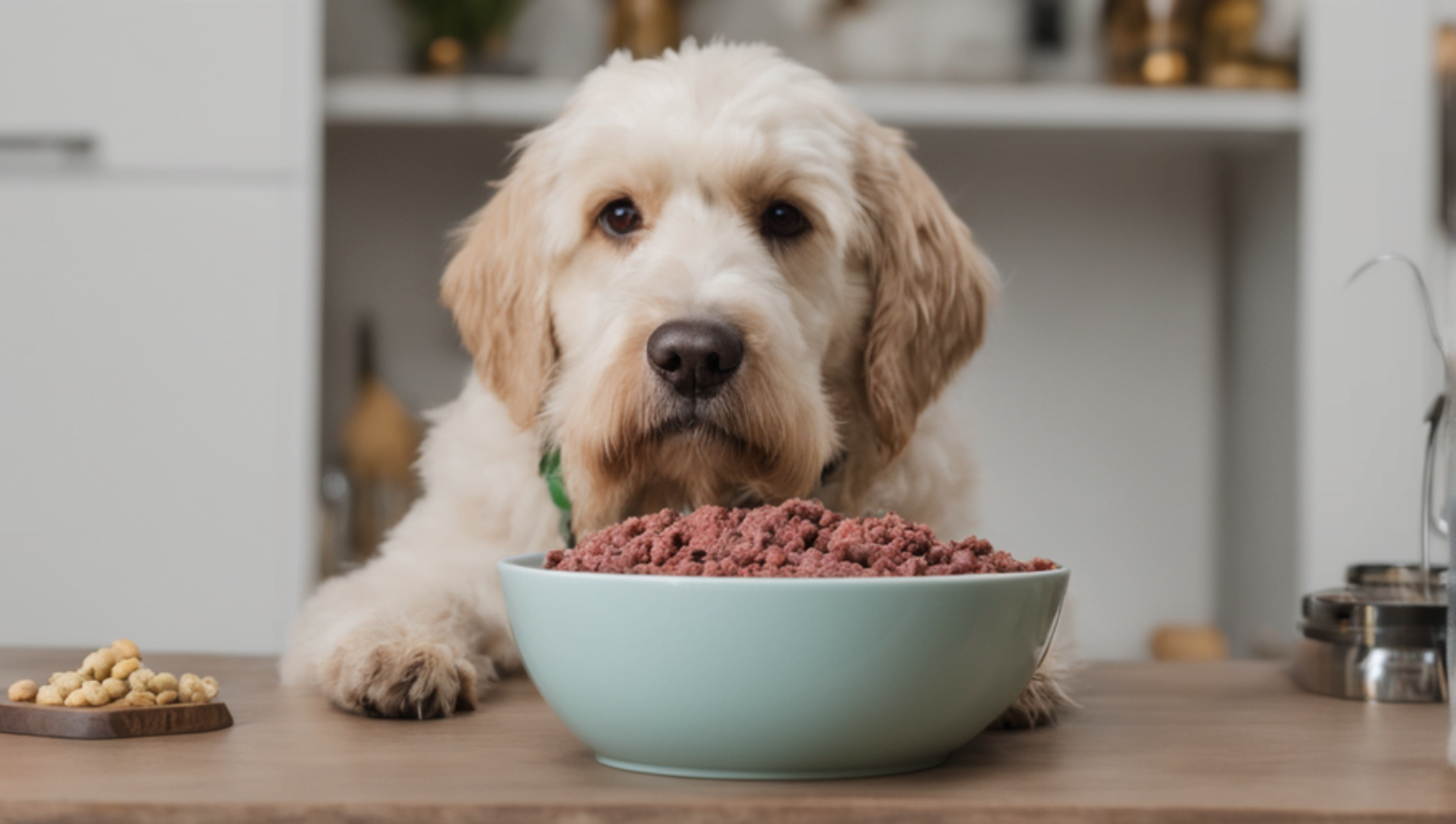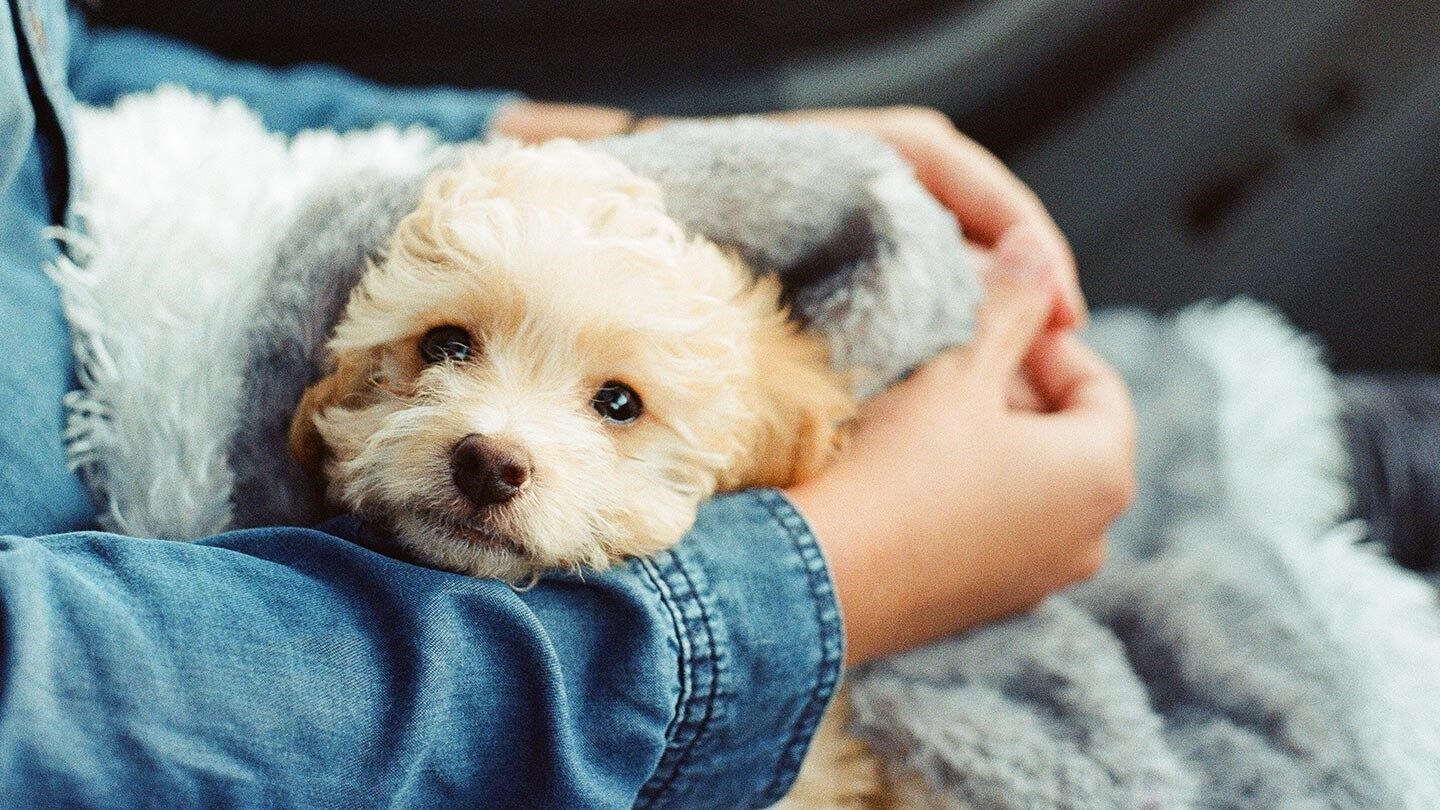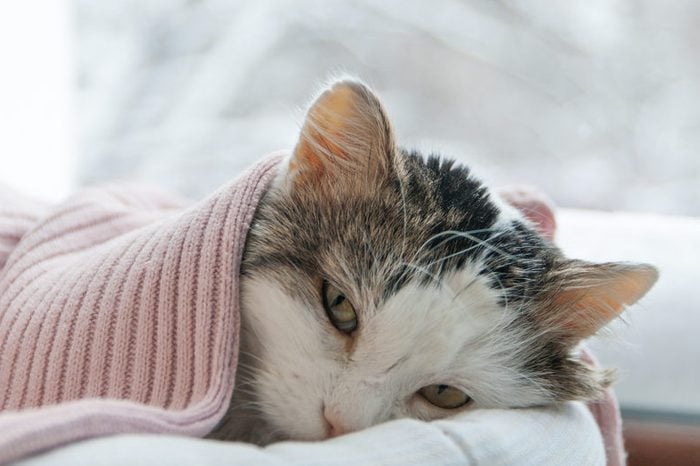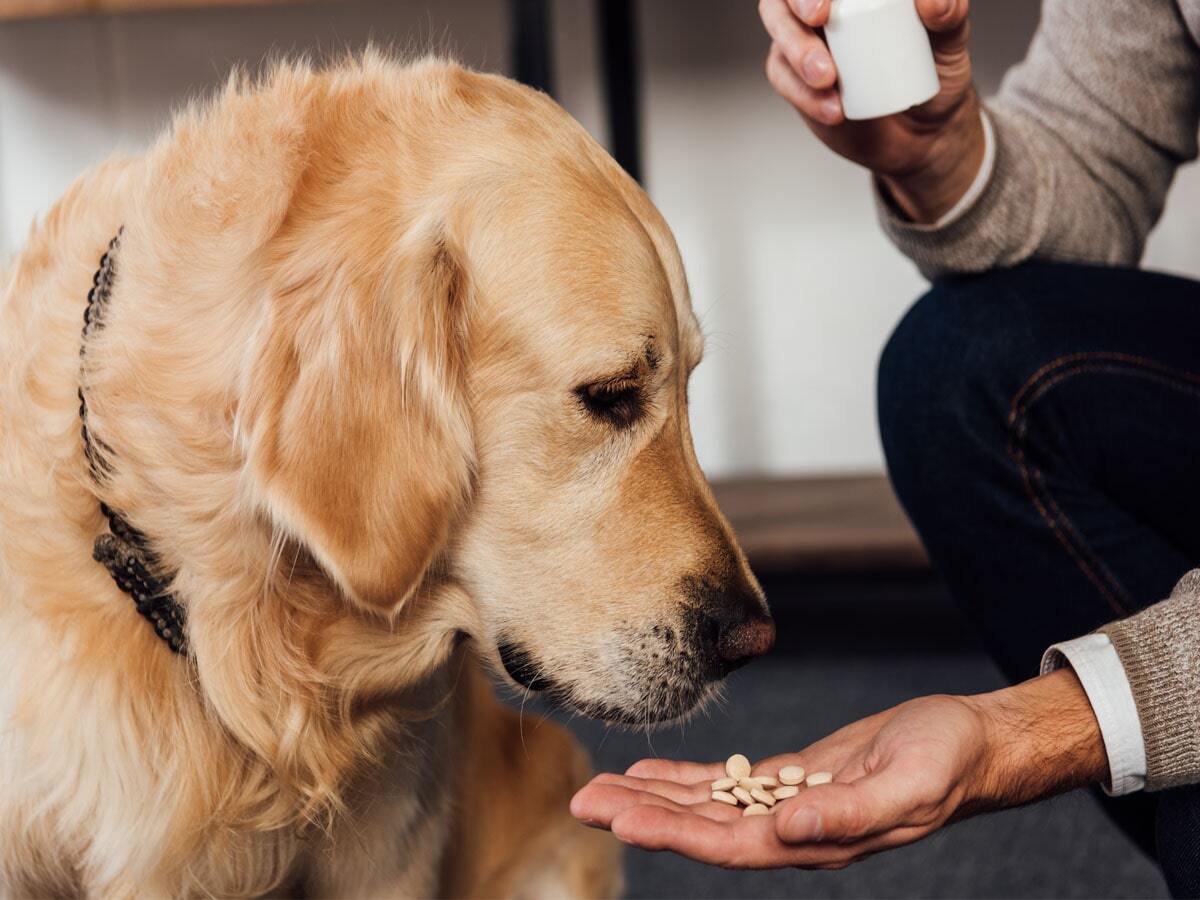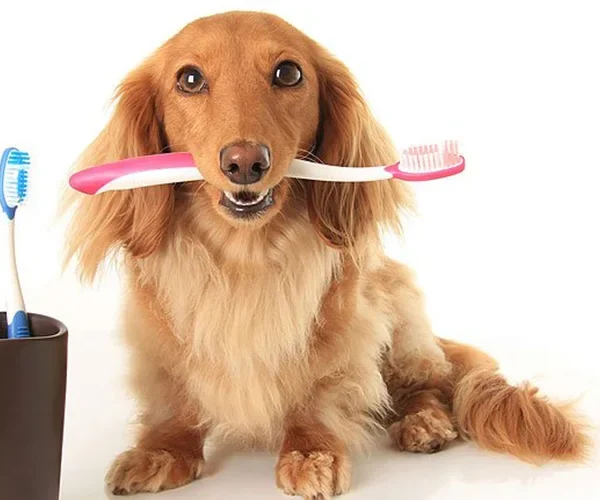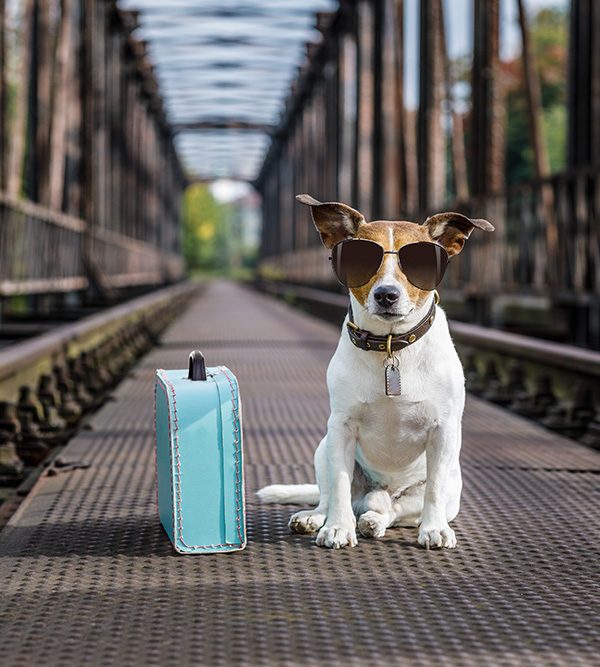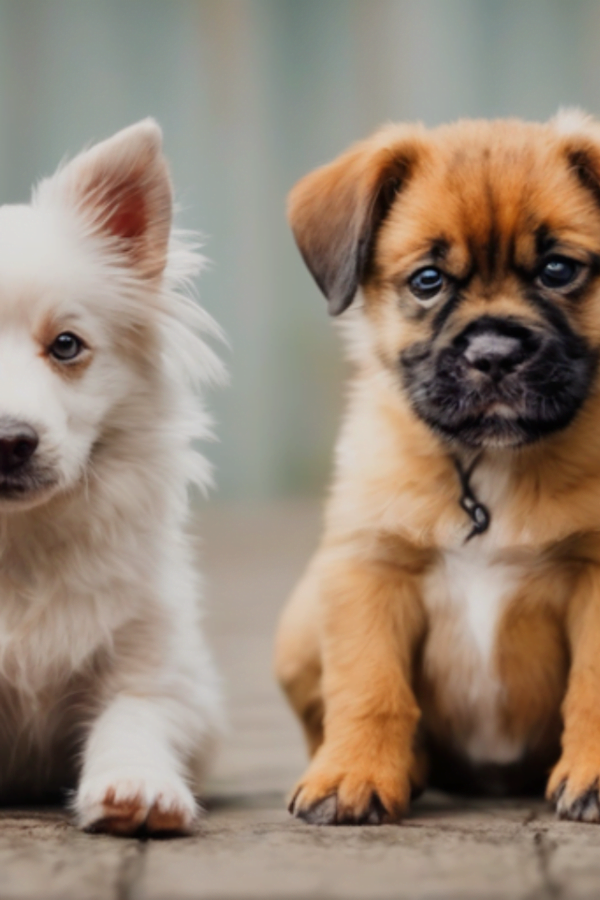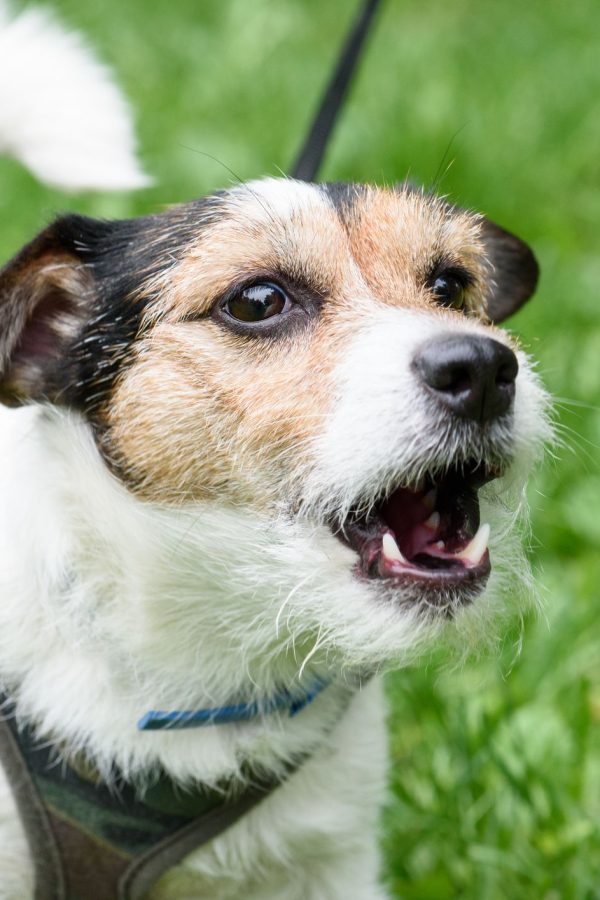Explore essential grooming tools for dogs, ensuring a healthy and well-groomed coat for your furry companion.
Must-Have Grooming Tools for Dogs.
Grooming is an essential part of caring for your furry friend, and maintaining a healthy coat is crucial for their overall well-being. Regular grooming not only keeps your dog looking their best but also helps prevent skin issues, matting, and discomfort. To ensure your pet’s coat stays healthy and shiny, here are some must-have grooming tools for dogs.
1. Brush: A good quality brush is the foundation of any grooming routine. The type of brush you need depends on your dog’s coat type. For long-haired breeds, a slicker brush or a pin brush works well to remove tangles and prevent matting. Short-haired breeds can benefit from a bristle brush or rubber curry brush to remove loose hair and stimulate the skin.
2. Comb: A comb with both wide and narrow teeth is essential for detangling and removing any remaining mats or knots. Use the wide-toothed side first to remove larger tangles, then switch to the narrow-toothed side for finer grooming.
3. Shedding Tool: If your dog tends to shed excessively, investing in a shedding tool like a deshedding rake or a shedding blade can be a game-changer. These tools help remove loose hair from the undercoat, reducing shedding and keeping your home cleaner.
4. Nail Clippers: Regular nail trims are necessary to prevent overgrowth, discomfort, and potential injuries. Choose nail clippers that are specifically designed for dogs, ensuring they have a sharp blade and a comfortable grip. If you’re not comfortable trimming your dog’s nails yourself, consider scheduling regular visits to a professional groomer or veterinarian.
5. Ear Cleaner: Keeping your dog’s ears clean and free of wax and debris is essential for preventing ear infections. Look for an ear cleaner that is specifically formulated for dogs, and use it regularly to gently remove any buildup. Remember to never insert anything into your dog’s ear canal, and consult your veterinarian if you notice any signs of infection or discomfort.
6. Toothbrush and Toothpaste: Dental hygiene is often overlooked but is crucial for your dog’s overall health. Regular brushing helps prevent tartar buildup, gum disease, and bad breath. Choose a toothbrush and toothpaste that are specifically designed for dogs, as human products can be harmful to them. Start slowly and gradually introduce toothbrushing into your dog’s routine to ensure they are comfortable with the process.
7. Shampoo and Conditioner: A good quality dog shampoo and conditioner are essential for maintaining a healthy coat and skin. Look for products that are gentle, hypoallergenic, and free from harsh chemicals. Avoid using human shampoos or soaps, as they can strip the natural oils from your dog’s coat, leading to dryness and irritation.
8. Grooming Wipes: Grooming wipes are a convenient tool for quick touch-ups between baths. They can help keep your dog’s coat clean, fresh, and free from dirt, dander, and odors. Choose wipes that are safe for dogs and contain natural ingredients.
9. Clippers or Trimmers: If you prefer to groom your dog’s coat at home or if they have a specific haircut, investing in clippers or trimmers can be beneficial. However, it’s essential to learn how to use them properly to avoid injuring your pet. Consider taking a grooming class or consulting a professional groomer for guidance.
10. Styptic Powder: Accidents happen, and if you accidentally cut your dog’s nails too short, it can result in bleeding. Having styptic powder on hand can help stop bleeding quickly. Apply a small amount to the nail tip to promote clotting.
- You can also buy Grooming Tools for your pet. Click Here to buy some Dog grooming tools
Benefits of grooming
Here are some of the benefits of regular grooming for cats:
- A healthy coat: Regular brushing helps to remove loose hair and dead skin, which can help to prevent mats and tangles. It also helps to distribute natural oils throughout the coat, which keeps it looking shiny and healthy.
- Improved skin health: Grooming helps to remove dirt, debris, and parasites from the skin, which can help to prevent skin problems. It also helps to stimulate the production of natural oils, which keep the skin healthy and hydrated.
- Early detection of problems: When you groom your cat regularly, you have a chance to check their skin and coat for any problems. This can help you to detect any health problems early on, which can make treatment easier.
- Bonding experience: Grooming can be a great way to bond with your pet. It is a time when you can give them some love and attention, and it can also help to reduce stress levels.
Additional tips for grooming
Here are some additional tips for grooming your dog:
- Start grooming your dog when they are a puppy so they get used to the process.
- Make grooming a positive experience for your dog by being gentle and rewarding them with treats.
- If your dog is not used to being groomed, start by brushing them for a few minutes each day and gradually increase the amount of time you spend grooming them.
- If your dog has a lot of mats, you may need to use a de-matting tool or take them to a professional groomer.
- Be sure to check your dog’s ears and nails regularly and clean them as needed.
With a little bit of time and effort, you can keep your dog’s coat looking and feeling its best.
Remember, grooming should be a positive bonding experience for both you and your dog. Take your time, be patient, and reward your furry friend with treats and praise throughout the process. If you’re unsure about any aspect of grooming, consult a professional groomer or veterinarian for guidance. By using these must-have grooming tools, you’ll be well-equipped to keep your pet’s coat healthy, shiny, and free from discomfort.
If you also have a cat, Here are some tips & benifits for Cat grooming:
